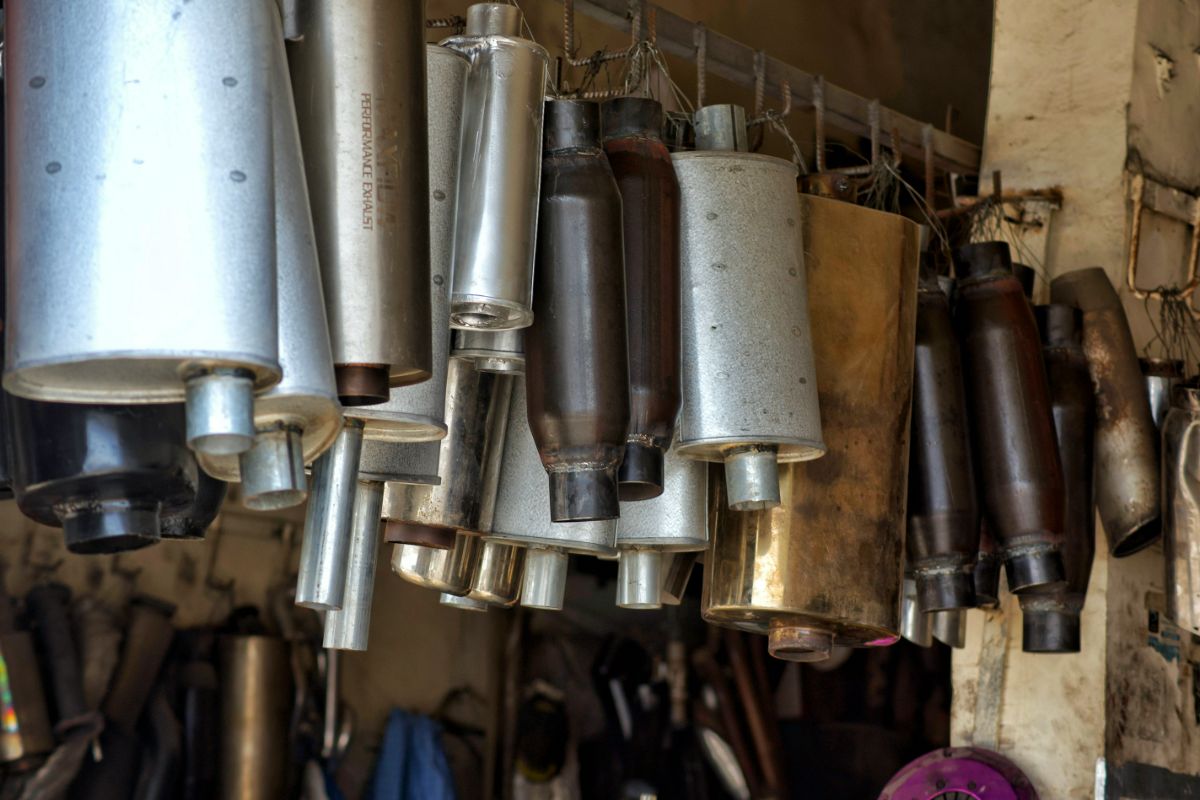The Jeepney: A Philippine Icon
July 4, 2017
How did the jeepney evolved in the Philippines?
1. The jeepney first came to be after the Filipinos modified the American military jeeps used during World War II.
2. Sarao Motors, led by Leonardo Sarao, is responsible for giving jeepney a signature style – that is being recognized today.
3. Jeepneys can still be seen on Philippine roads. Some of them have been modernized to fit the new times.
In the streets of the Philippines, there is always one mode of transportation that will always stand out, and that is the jeepney. This colorful vehicle has been a staple on the streets of the country ever since the end of World War II. Customized from old Jeeps used by the United States army during the war, Filipinos found a new use for them and modified them, adding new parts like new grilles, metal roofs, steel tubes (available in the Philippines), upgraded engines, and even new sets of tires. Decades have passed, and the jeepney is still a prominent mode of transportation.

The History of Jeepney
As stated, the first generation of jeepneys came from the old American Willy’s Jeep, which was the primary mode of transportation of the United States military during the Second World War. The American Jeep was known for its ruggedness and overall reliability, which made it one of the most favored mode of transportation amongst the soldiers.
The jeepney was also capable of mounting various weapons for anti-infantry and anti-tank use, and had its own cooker, which can be activated when turning the vehicles engine on. After the end of World War II, many of these Jeeps were left behind by the US Army; leaving them at the hands of Filipinos.
Filipinos are known for their resourcefulness and creativity, which they showed when they customized the old military Jeeps to use them for transportation purposes. Due to the fact that much of the country’s public transportation had been devastated during the war, the jeepney became an inexpensive choice of transportation. By the time it was formally introduced in 1953, it replaced the tranvia and the kalesa as the most common forms of public transportation available to the Filipinos.
During the rise in popularity of these jeepneys, one man named Leonardo Sarao started Sarao Motors, which became the most popular jeepney making company in the country. With their beautiful handcrafted bodies and bright colors, the jeepney was both stylish and reliable on its own right. The Sarao design would eventually become the standard that all jeepney models will follow. The later jeepney designs were still reminiscent of the old American design, just with added roofs, shinier steel bodies, bright colors, and a healthy amount of personal touches.

Jeepneys Today
Today, jeepneys are still very abundant on Filipino streets and roads. With the advent of electric powered vehicles, some of the newest jeepney models are now electric powered, and aims to become a more environmentally friendly mode of transportation. Some jeepneys have become more modern, with features like air conditioning, sound systems, video screens, and even karaoke machines. With numerous changes and innovations in local public transportation in the upcoming years, the jeepney is aiming to remain a reliable mode of transportation.
Key Takeaway
Over the years, the jeepney has become one of the most iconic pieces of public transportation. Like London’s double-decker bus, and the yellow taxis of New York, the jeepney is one of the country’s most popular cultural symbols. With a rapidly changing world, the jeepney aims to remain relevant by becoming more innovative and efficient.




